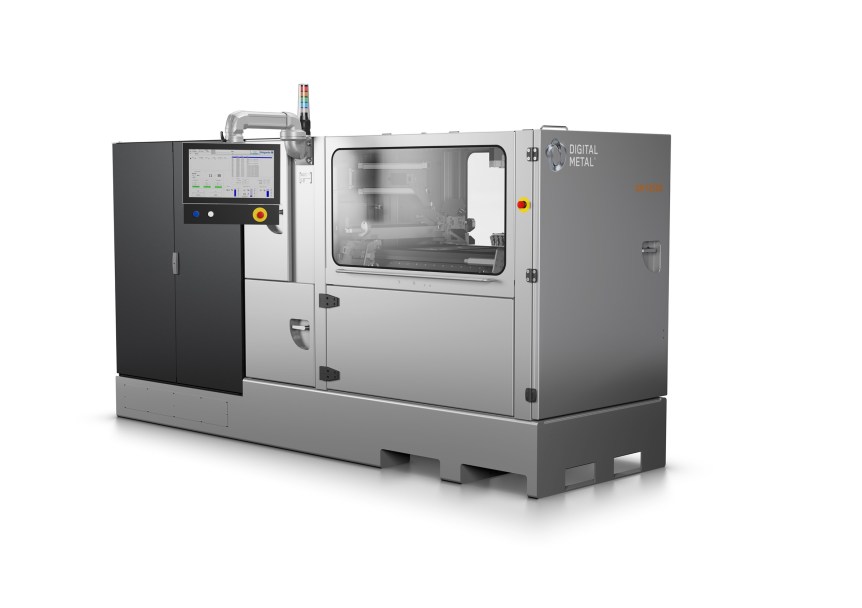Digital Metal, a manufacturer of 3D metal printers for the production of small and high-volume components, has been granted authorization to apply the UL mark to its metal binder jetting system DM P2500.
After a letter of Intent signed in December 2017, the AM professional certification programs were officially launched in June 2018, in collaboration with Tooling U-SME. In January 2019, the global safety consulting and certification company revealed its Blue Card Programas part of this process of recognition and certification of 3D printing materials.
Today, the certification of Digital Metal’s 3D printer reminds that this program is not only limited to 3D printing materials for FDM technology. Furthermore, according to the manufacturer, meeting the US and Canadian markets requirements involved the development and the design of a new machine.
Each single component and system in the machine must be taken into account. The engineering time invested to meet these demands is, however, well spent. Not only does it ensure machine safety, it also contributes to good working environment.
It should be noted that Digital Metal had introduced its metal 3D printer on the US market last year a RapidTCT+. This certification will therefore increase trust in the appropriate use of the 3D printer by professionals of this market as well as of the Canadian market.
As Ralf Carlström, General Manager at Digital Metal said: “employee and customers safety should be the number one priority for every business owner. It is crucial that the equipment you use on a regular basis is working properly and more importantly, that it is manufactured and installed correctly. The UL certification is an important way to ensure that and we are very happy to receive it.”.
For further information, follow us on our social media and subscribe to our newsletter! Would you like to be featured in the next issue of our digital magazine? Send us an email at contact@3dadept.com






